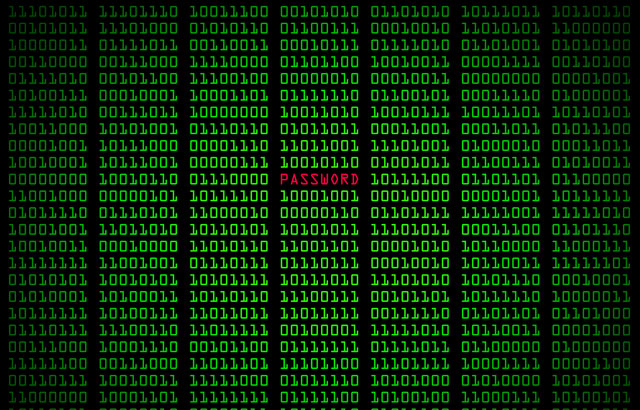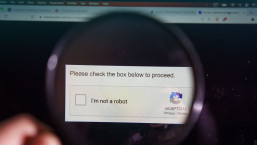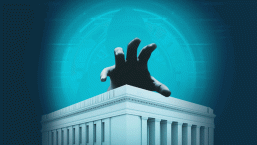Cybercrime has quickly become a major problem for businesses, governments and citizens all over the globe.
While awareness of this multifaceted threat is increasing, we’re still making the same blunders when it comes to cybersecurity, as a recent study by the Pew Research Center alluded to.
Here are a few security mistakes to be aware of.
Email: This ruse is nothing new
Social engineering tactics are as old as the day is long, yet people keep falling for them. Today, phishing via email has become incredibly commonplace.
Although criminals are improving the ‘quality’ of these emails, with some targeted emails – known as spear phishing – looking incredibly authentic most do not (telltale signs include poor spelling, random email address and far-fetched claims that you’ve won millions).
Keep yourself safe by carefully checking the recipient, the request, and use some common sense – search via Google rather than using the enclosed website address. Also, be cautious of attachments, as they may be malware-infected. It’s important to check file extensions and to only open files deemed safe and from legitimate sources.
Social media: New hunting ground

Social media has become the go-to-market for cybercriminals eager to compromise people. It’s no surprise, as many users still fail to adequately look after their networks (for example, a 2016 survey showed that 58% of people do not know how to update their privacy settings).
As with emails, always check the authenticity of the sender (do they look credible?), the message and the link (which will likely be shortened). Beware trending hashtags too, as many attackers are now using these to catch out unsuspecting Twitter and Facebook users trying to catch up with the latest breaking news.
Attitude: It won’t happen to me
Forget technology for a second, culture is arguably the biggest issue with security right now, and this has been the case for 20 years. CEOs think they won’t be targeted and citizens think much the same (i.e. it won’t happen to me).
This complacency is misguided, as everyone is a target and a potential victim. Accordingly, this attitude can often result in poor security habits, with individuals and organizations treating, for example, password and Wi-Fi security not as seriously as they should.
This is despite the fact that good cybersecurity can be achieved relatively easily, through good password hygiene, regular software updates, anti-virus and even password managers, VPNs and secure encrypted messaging apps.
Passwords: The easy way in

Generic, guessable passwords can be easily cracked, and they can open a can of worms if you use the same password across several accounts. Brute-forcing passwords is increasing fast and easy for criminals today equipped with either huge computing power, or access to buy such expertise on the dark web.
Weak passwords, such as 123456; password; 12345678; and qwerty remain commonplace, with many people failing to see how this ‘low-hanging fruit’ is an entry point for cybercriminals. According to Forrester, 80% of all attacks involve a weak or stolen password.
Fortunately, some web providers now forcing you to generate random passwords, or create complex ones. You may want to consider a password manager, as well as passphrases.
Software updates: A lack of
Whether on desktop, laptop or mobile, there’s always another software update for an app, our operating system or security solution. Interestingly, the constant pop-ups irritate us, with many people failing to understand just how important they are.
If we fail to update, we’re effectively leaving our software and devices vulnerable to attack, as cybercriminals look to exploit out-of-date flaws. Configuring automatic updates from trusted providers can make sure these are installed regularly.




